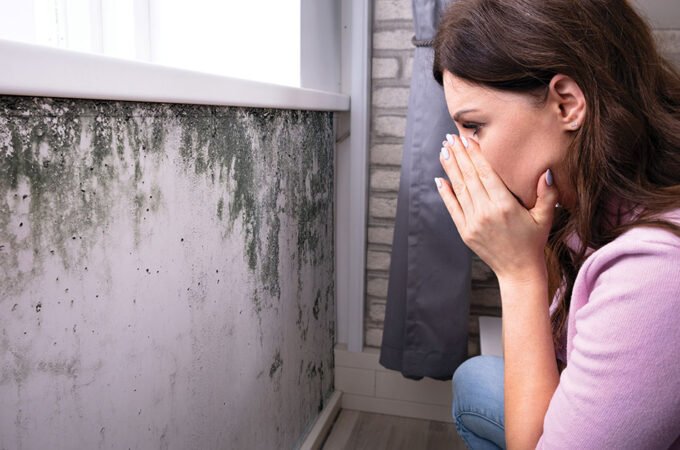
What is the correct mix for floor screed?
Traditional floor screed basically consists of sand & cement mixed at a ratio of between 3 to 5 parts sand & 1 part cement. Traditional floor screed is applied with a straight-edge, wooden / plastic float and finished with a trowel or powerfloat.
How thick does screed need to be?
The optimum thickness of a sand and cement bonded screed is 25–40mm, an unbonded screed should have a minimum thickness of 50mm, whilst a floating screed should have a thickness greater than 65mm for lightly loaded floors and 75mm for more heavily loaded floors.
What is the minimum screed thickness for underfloor heating?
When using traditional sand cement screeds the minimum thickness is 65 mm. Ideal thickness is between 65 mm and 75 mm approx, however 100 mm thick screeds have been used successfully. If you add fibre to the screed – or you use stronger types of screed you can go down to a minimum thickness of 50 mm.
What is the difference between concrete and screed?
Concrete has a rougher texture than screed because it contains aggregate and stones – as well as sand and cement. Screed is a type of mortar. It is a smoother mixture made from sand and cement, a soil-type substance and it does not have the gravelly aggregate, the maximum grain size is around 4mm for a dry screed.
How long before you can lay tiles on screed?
BS 5385-3:2007 Code of practice for the design and installation of ceramic floor tiles and mosaics, specifies that a screed shall be left for at least 3 weeks to dry prior to tiling. However, other documents specify longer periods and BS 8204 recommends 1 day per mm, for thicknesses up to 50 mm.
How long does it take to walk on screed?
It should be left at least 24 to 48 hours before it is walked on, although with certain additives this time could be reduced to 12 hours. For heavier traffic, to have a floor covering laid on top or to move furniture and tools across it, it’s best to leave it at least 5 to 7 days.
Why is screed used?
After the concrete is flattened it is smoothed with a concrete float or power trowel. A concrete floor is sometimes called a solid ground floor. A plasterer also may use a screed to level a wall or ceiling surface in plasterwork.
What is a liquid screed?
It provides fast, efficient and precise floor covering. It is ideal for under-floor heating as the screed flows around the pipes, forming a void-free finish. This type of floor is also referred to as liquid floor screed, self leveling floor screed, calcium sulphate screed, anhydrite screed.
London Flow Screed is a leading supplier and installer of liquid floor screeds in the UK.
Ask for advice on applying the above techniques.






